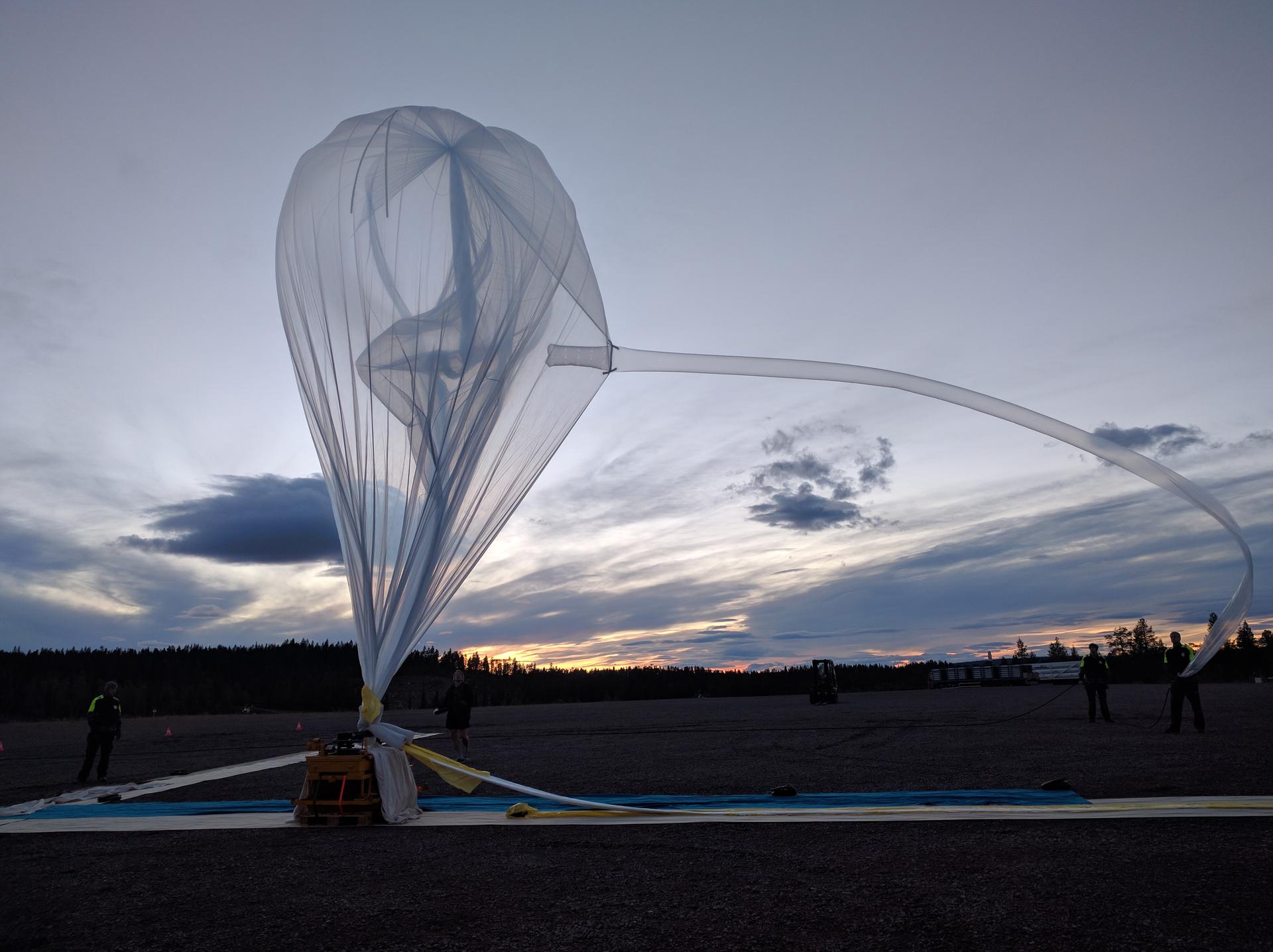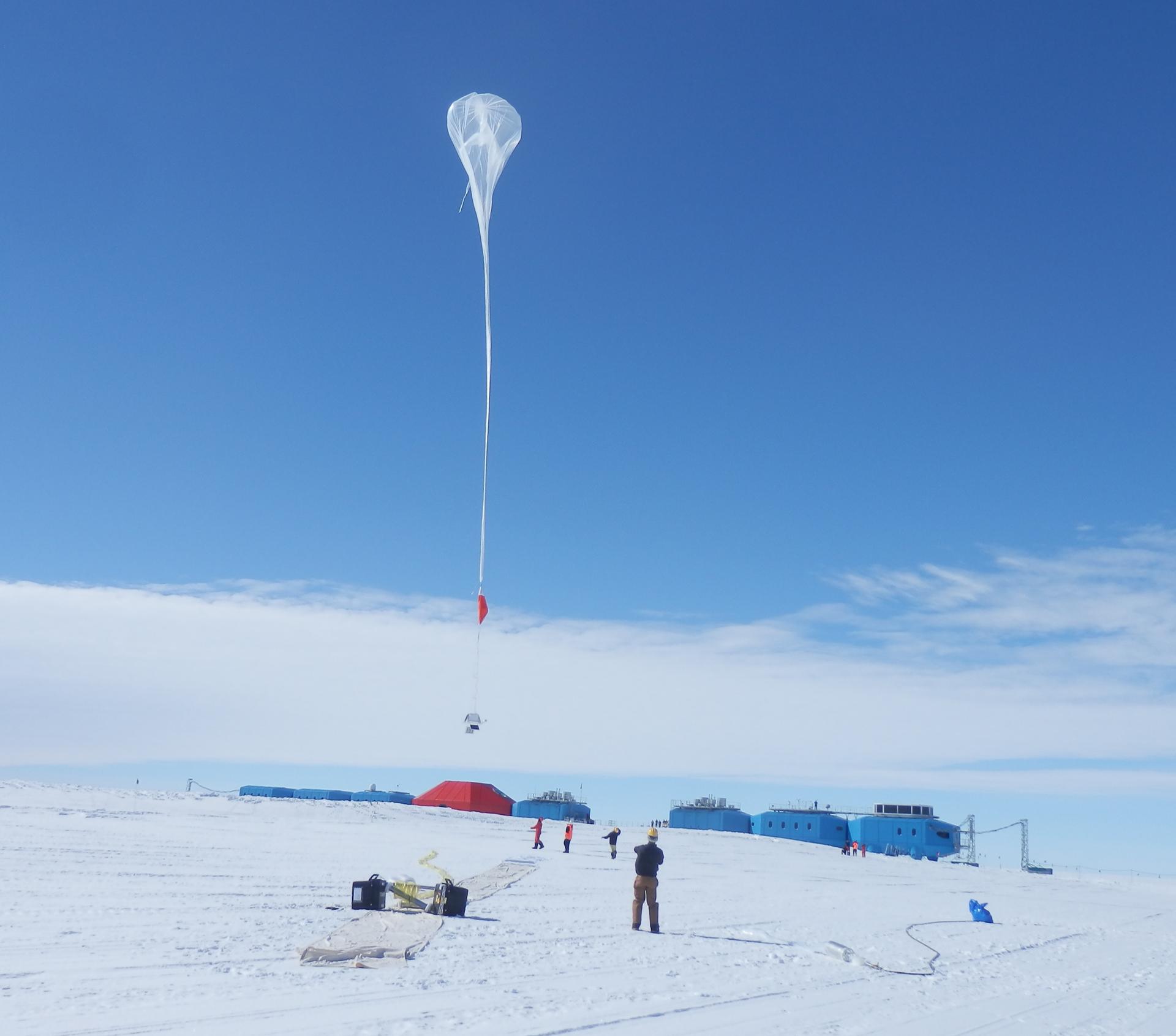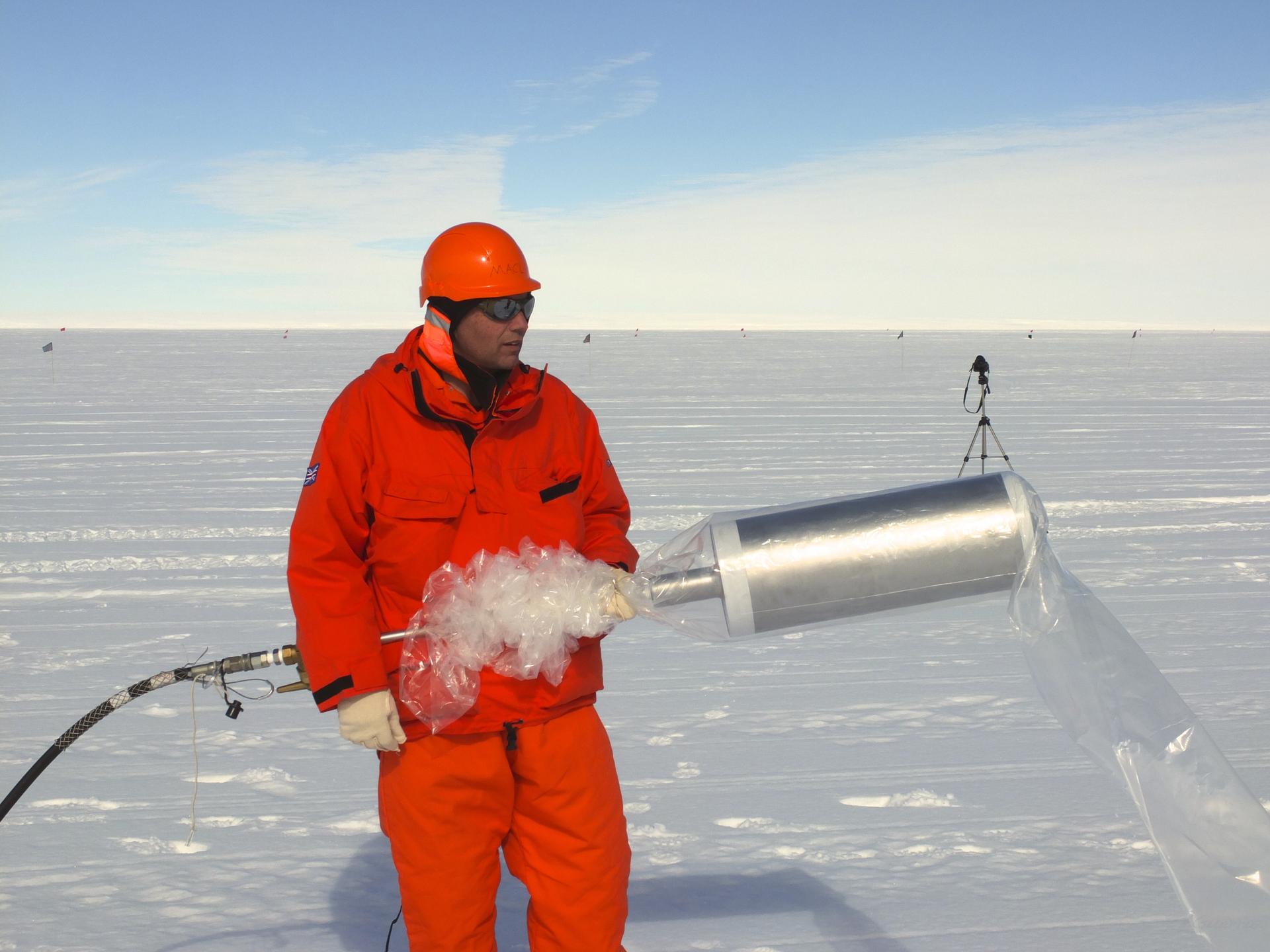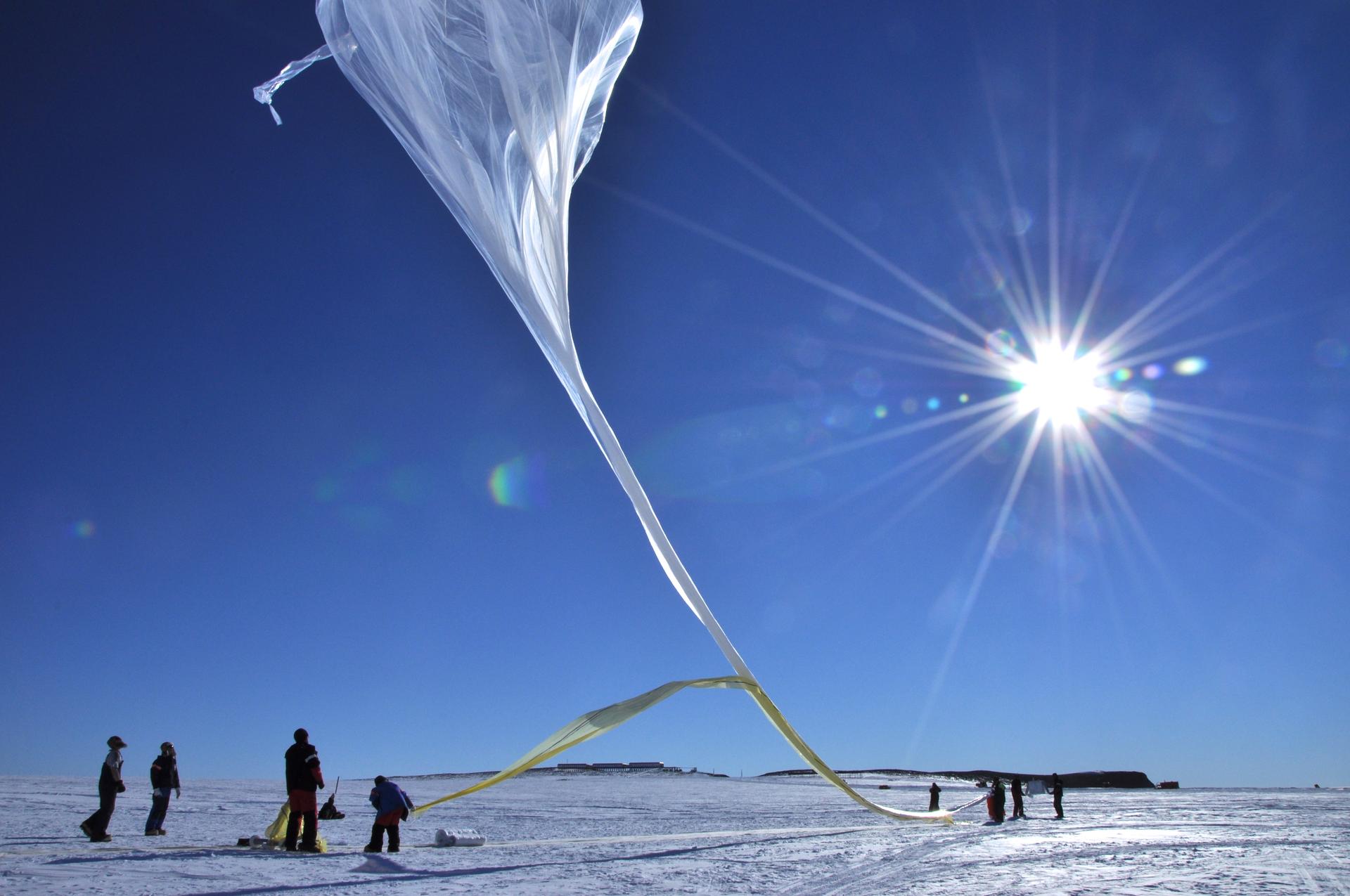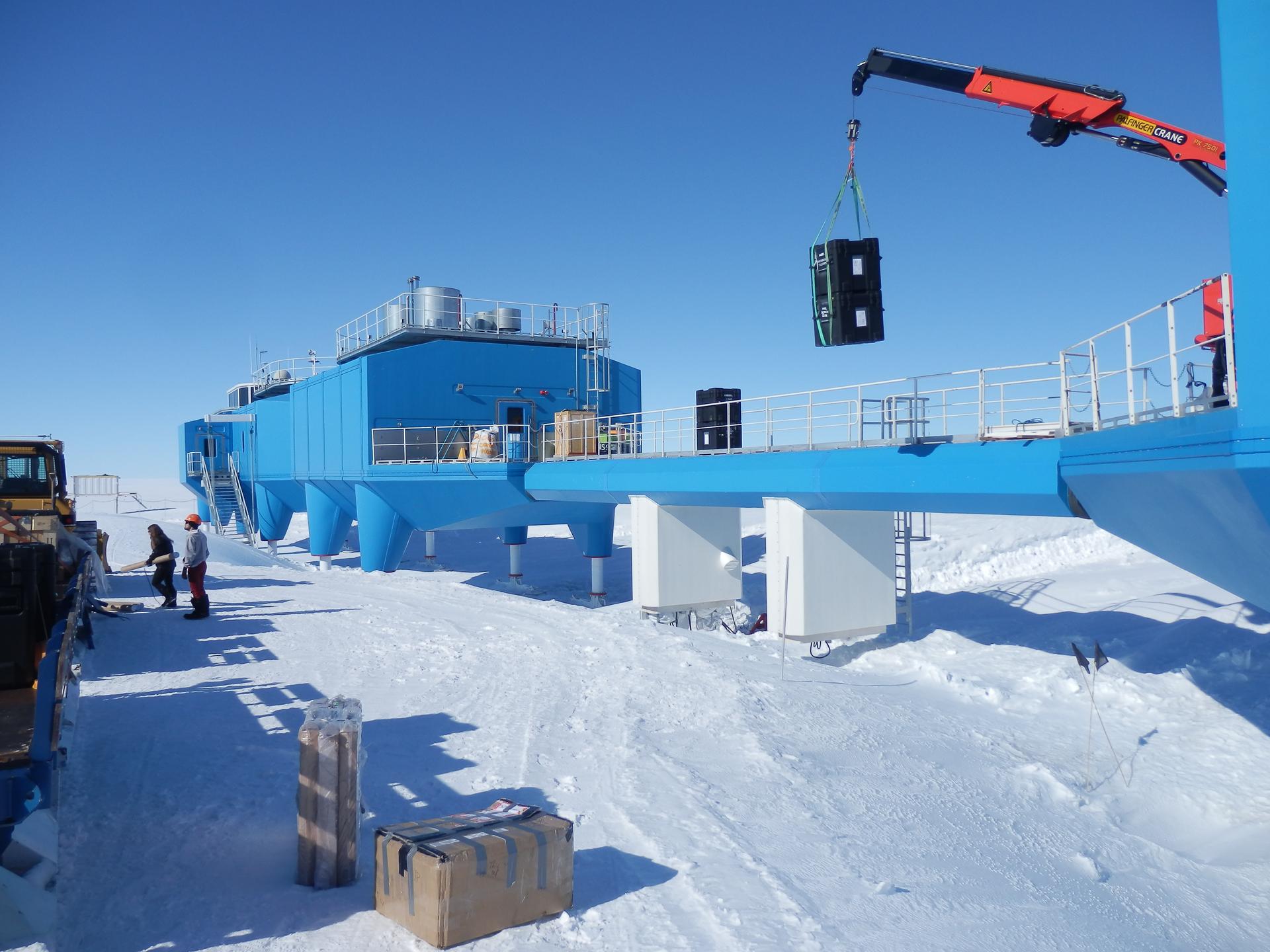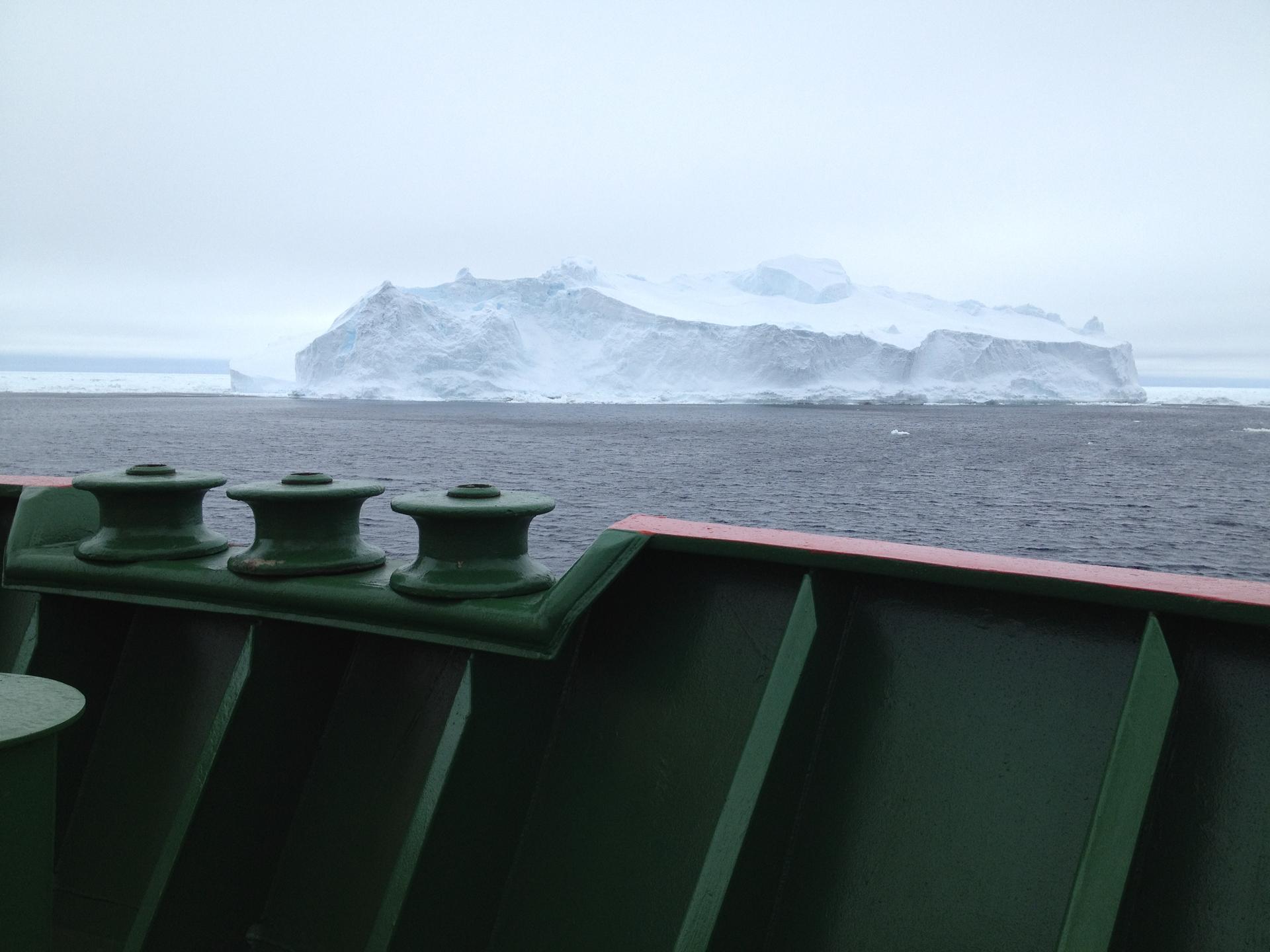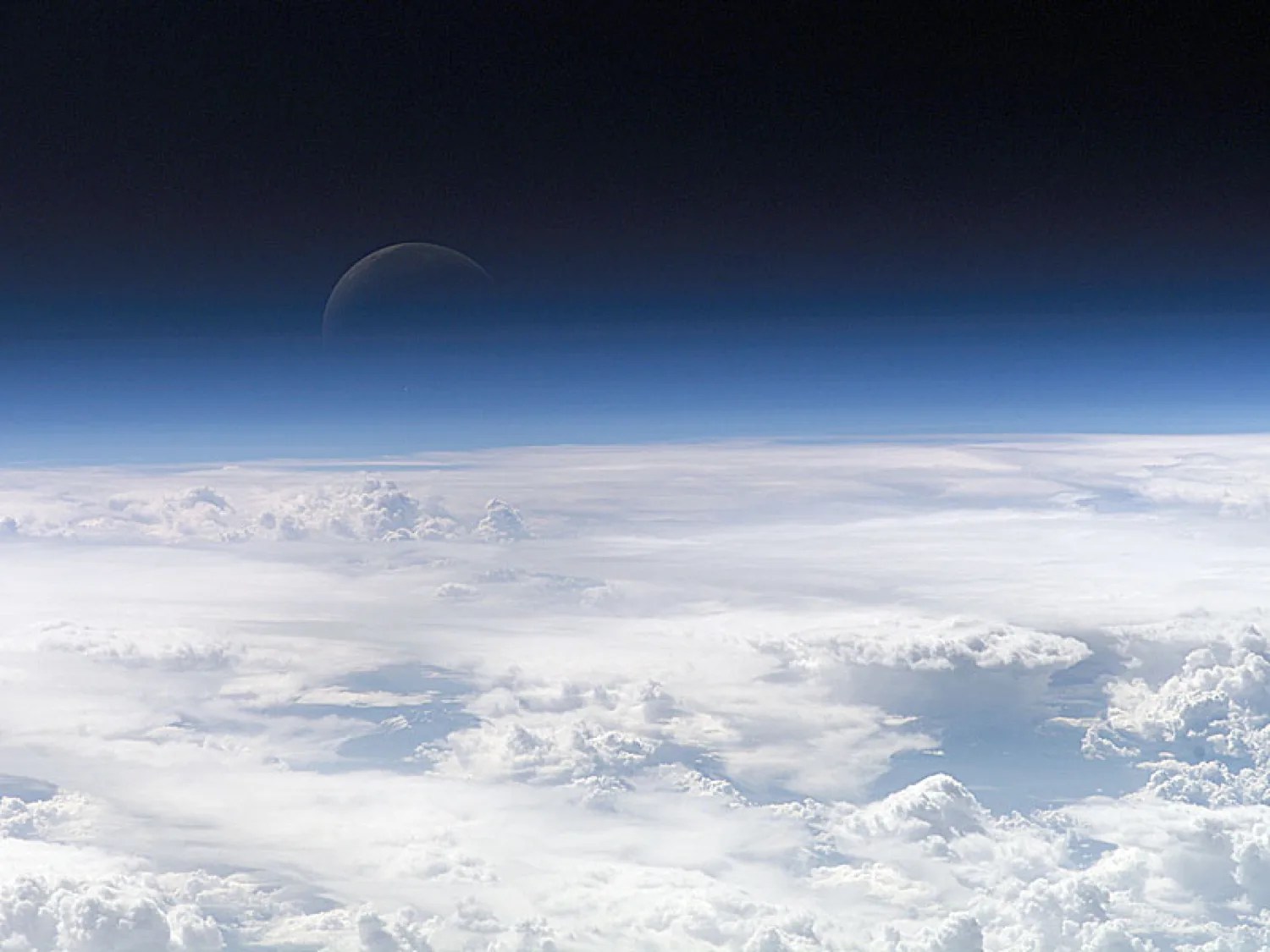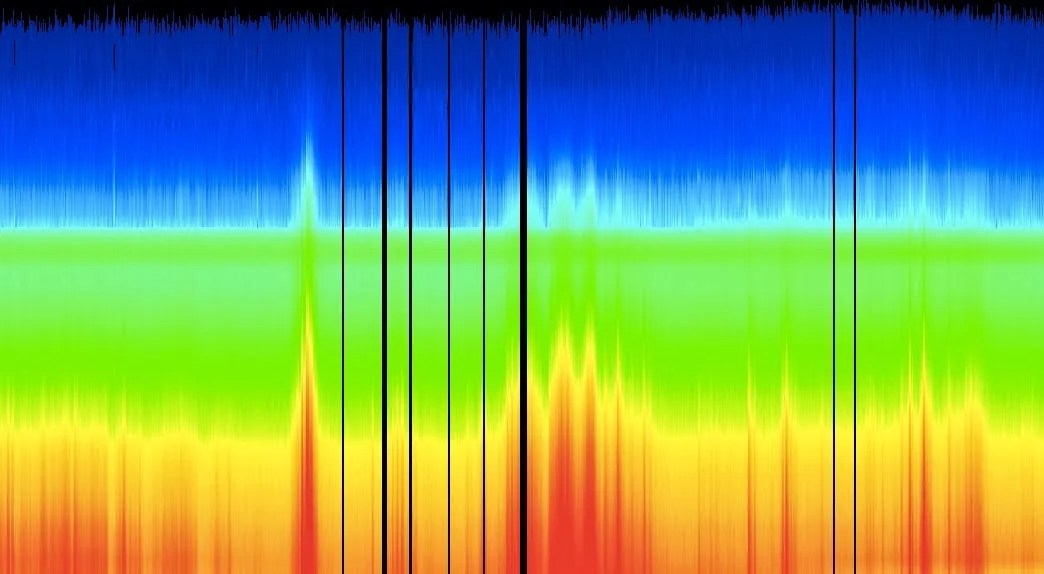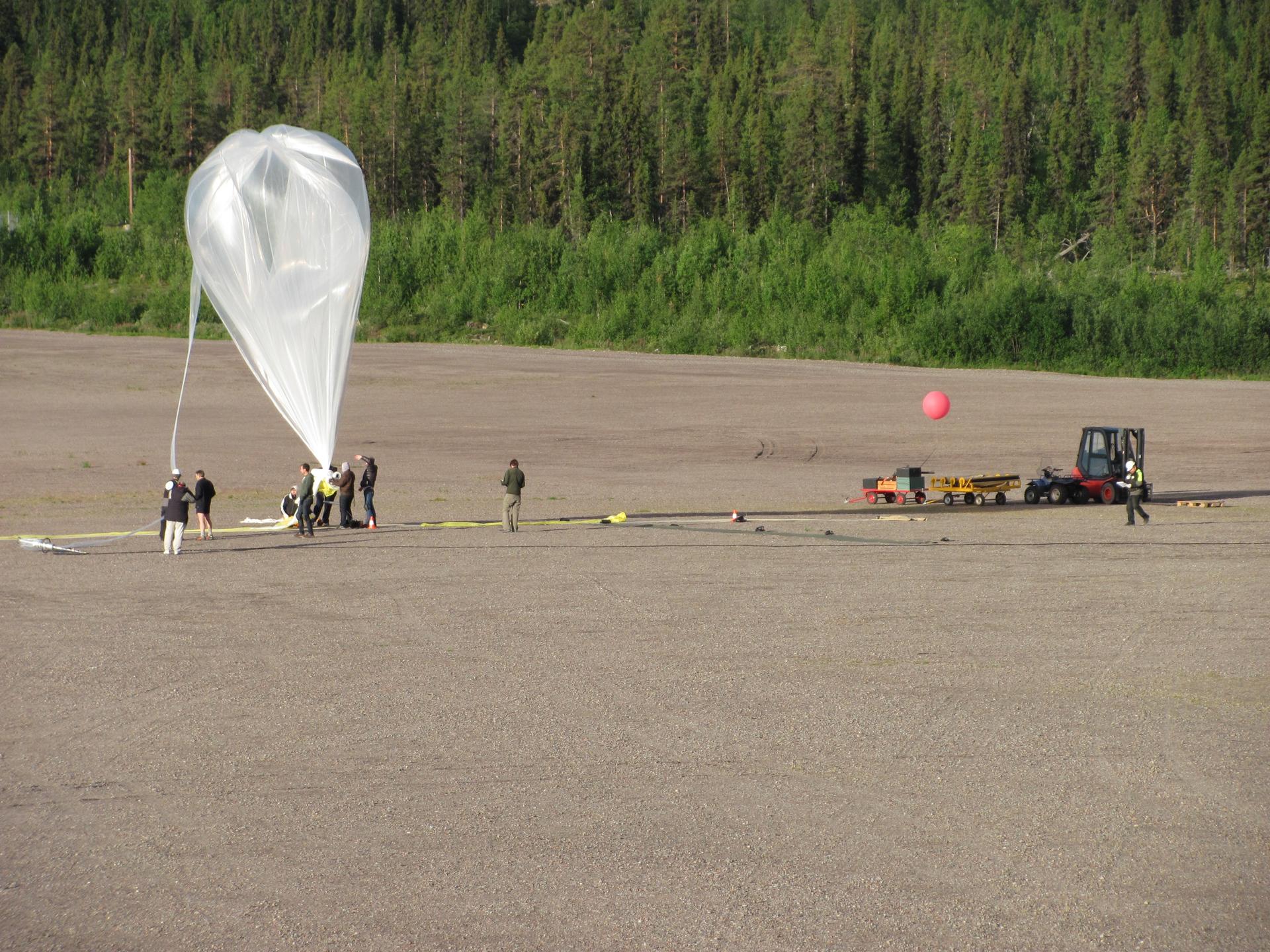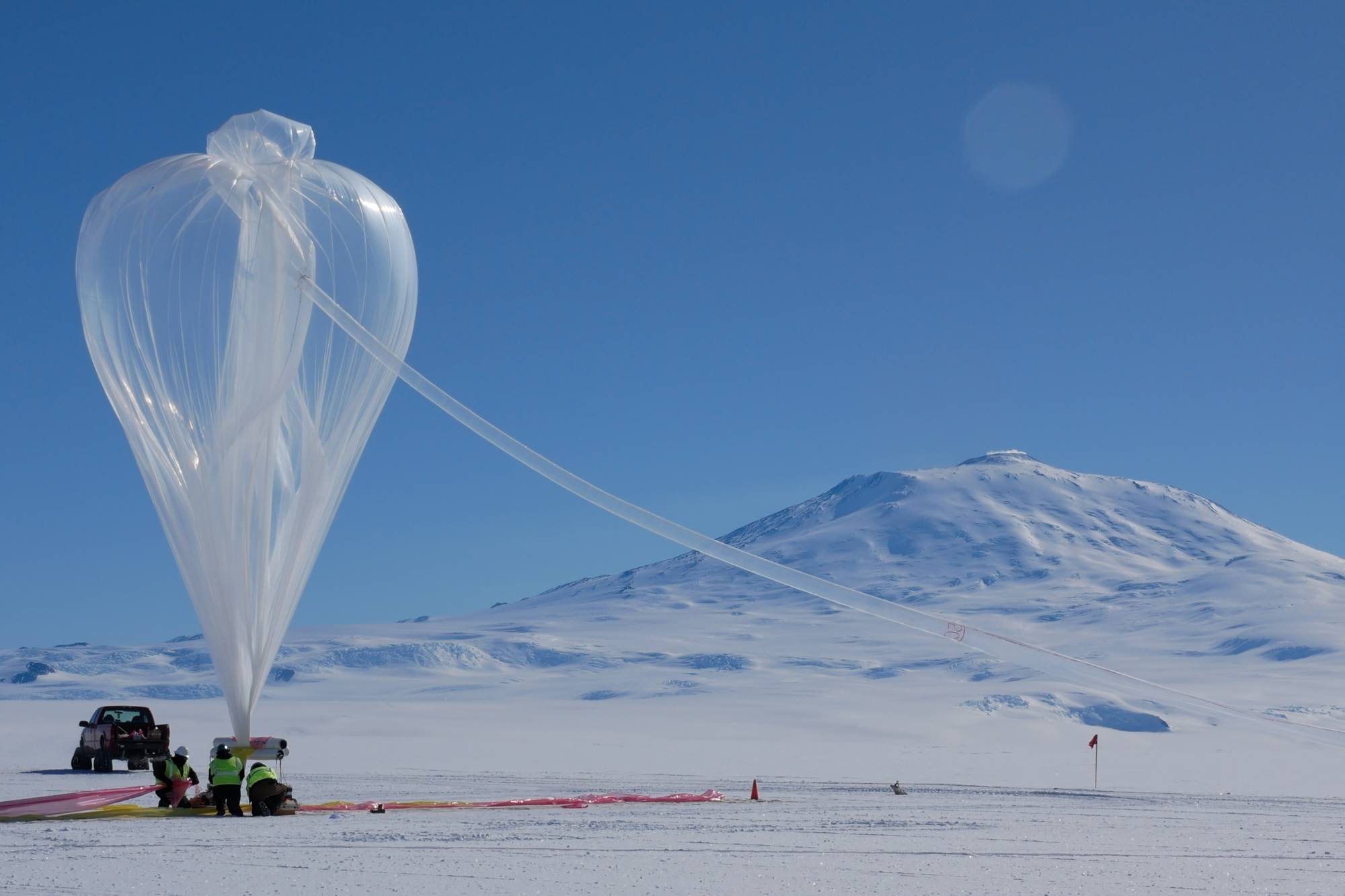BARREL
Balloon Array for Radiation-belt Relativistic Electron Losses (BARREL)
Mission Type
Destinations
AIRBORNE CAMPAIGNS
OBJECTIVE
BARREL was a series of balloon campaigns to study Earth's radiation belts, designed to supplement measurements from NASA’s Van Allen Probes.

Overview
BARREL, short for Balloon Array for Radiation-belt Relativistic Electron Losses, was a balloon-based mission to study X-rays in Earth’s atmosphere near the North and South poles.
These X-rays are caused by electrons that rain down, or precipitate, into the atmosphere from the giant swaths of radiation that surround Earth, called the Van Allen Belts. Understanding this radiation and its interaction with Earth’s atmosphere helps us to learn about planetary radiation belts, and to better protect satellites that orbit Earth.
The mission started in 2013 with balloon campaigns over Antarctica, the southernmost continent and home to the South Pole. For the Antarctic campaigns, the balloons were launched from the South African Antarctic Station (SANAE IV) and the British station, Halley VI Research Station.
The primary BARREL mission ended when scientists sent their last balloon over Sweden on Aug. 30, 2016. In Sweden, the balloons were launched from Esrange Space Center above the Arctic Circle and near Sweden’s northernmost town of Kiruna.
Recovered BARREL payloads were launched as targets of opportunities on three additional flights: A piggyback flight on the HIWIND payload from Sweden (2018), and two ultra-long duration balloon flights from Antarctica in December 2018 and 2019 which lasted 70 and 100 days respectively."
The BARREL mission augmented the measurements of NASA's Van Allen Probes spacecraft that were launched on Aug. 30, 2012. BARREL’s team also coordinated with NASA’s Magnetospheric Multiscale mission or MMS. MMS investigates how the Sun's and Earth's magnetic fields connect and disconnect.
In addition to X-ray instruments, several of the BARREL balloons also carried student-built instruments. One of the instruments was designed to study the total electron content of Earth’s ionosphere – a layer of charged particles overlapping with Earth's neutral atmosphere. The other measured low-frequency electromagnetic waves that help to scatter electrons from space down into Earth’s atmosphere.
During each BARREL campaign, several long-duration balloons were aloft simultaneously over a one-month period to provide measurements of electron precipitation and to help estimate the total electron loss from the radiation belts. Observations were planned for when the balloon array would be conjugate with the spacecraft, such that direct comparison was possible between one another.
Dr. Robyn Millan of Dartmouth College was the principal investigator for the BARREL mission.
BARREL
NASA/BARREL/Alexa Halford
Learn More
BARREL Media Resources
Contact for Reporters
NASA's Wallops Flight Facility
Jeremy Eggers, Chief, Goddard Office of Communications
jeremy.l.eggers@nasa.gov

